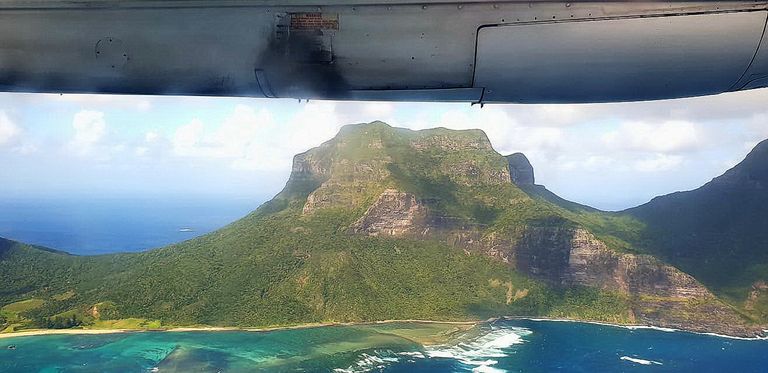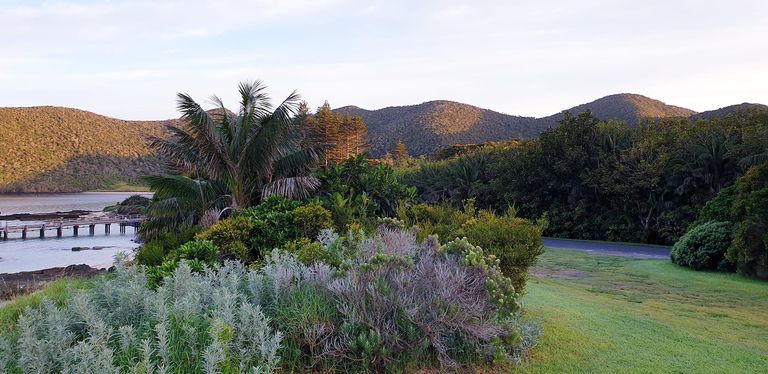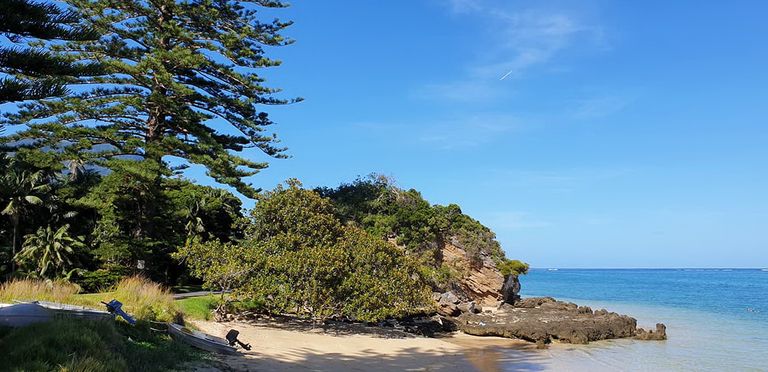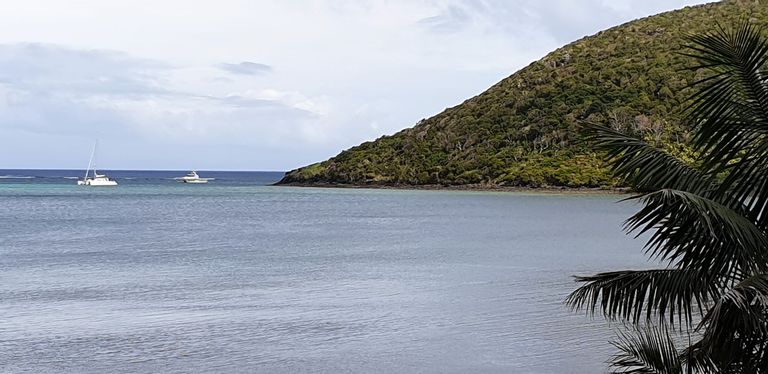Lord Howe Island, a pristine gem located in the Tasman Sea, approximately 600 kilometers east of the Australian mainland, is renowned for its stunning natural beauty and rich history. This UNESCO World Heritage-listed island, with its unique biodiversity, breathtaking landscapes, and fascinating historical background, offers an idyllic escape and a glimpse into a world largely untouched by modernity.



The Natural Beauty of Lord Howe Island
Lord Howe Island's beauty is unparalleled, characterized by its lush forests, crystal-clear waters, and dramatic volcanic formations. The island's crescent shape is dominated by two towering peaks, Mount Gower and Mount Lidgbird, which rise sharply from the sea, providing a dramatic backdrop to the island's lush, green interior. These mountains are not only visually stunning but also offer challenging hikes with spectacular views.



The island is encircled by the world's southernmost coral reef, teeming with vibrant marine life. The lagoon, with its turquoise waters and abundant coral gardens, is perfect for snorkeling and diving, allowing visitors to experience the rich underwater ecosystem up close. The beaches, such as Ned's Beach and Blinky Beach, are renowned for their pristine sands and clear waters, ideal for swimming, sunbathing, and beachcombing.



The flora and fauna of Lord Howe Island are equally remarkable. The island is home to many endemic species, including the Lord Howe Island woodhen, a bird that was once nearly extinct. The lush forests are filled with an array of native plants, including the iconic Kentia palms and the banyan trees that give the island its unique character. The island’s commitment to conservation ensures that its natural beauty is preserved, allowing visitors to experience a pristine environment.



Historical Background
The history of Lord Howe Island is as intriguing as its natural beauty. The island was discovered in 1788 by Lieutenant Henry Lidgbird Ball, who was commanding the HMS Supply. The island was named after Richard Howe, the First Lord of the Admiralty. Despite its discovery in the late 18th century, the island remained uninhabited until 1834, when it was settled by a small group of Europeans and Polynesians.



Early settlers on Lord Howe Island established a subsistence economy, relying on agriculture, fishing, and whaling. The island’s isolation meant that it developed relatively independently, with a small, self-sufficient community. Over time, the whaling industry declined, and the islanders turned to other means of livelihood, such as the cultivation of the Kentia palm, which became a valuable export.



In the early 20th century, Lord Howe Island began to attract attention for its unique natural environment and potential as a tourist destination. The establishment of a regular seaplane service in the 1940s opened up the island to visitors, leading to a gradual increase in tourism. Today, tourism is a vital part of the island's economy, but it is carefully managed to ensure the preservation of the island’s natural and cultural heritage.



Preservation and Conservation
Lord Howe Island's commitment to conservation is a key aspect of its allure. The island's limited tourist capacity, with a cap on the number of visitors allowed at any one time, helps to minimize environmental impact. Conservation programs, such as the eradication of invasive species and the protection of native wildlife, ensure that the island’s unique ecosystem remains intact.



The Lord Howe Island Board, which governs the island, works closely with conservationists and researchers to monitor and protect the island’s environment. Initiatives like the Lord Howe Island Marine Park and the World Heritage Area designation highlight the global significance of this unique location and the efforts made to safeguard its future.



Conclusion
Lord Howe Island is a place of extraordinary beauty and rich history. Its stunning landscapes, diverse wildlife, and commitment to conservation make it a remarkable destination. The island’s history, from its discovery and early settlement to its development as a conservation-focused tourist destination, adds depth to its natural charm. For those fortunate enough to visit, Lord Howe Island offers an unforgettable experience, blending natural splendor with a fascinating historical narrative.




Looks like a cool place. I was looking at a Hotel General Manager job there last year, and I will probably still look for one there. It is a smaller island though I just wonder if me or the family may get a little cabin fever after a while. I am considering the rest of Australia as well as you all have some good immigration programs right now and remote hotels, and road houses pay decent.
There are many cool places here in Australia and many opportunities you will never get bored with hotel management on any of our amazing islands.